Description
Paraquat Poisoning: An Overview
Introduction
Paraquat is a widely used herbicide known for its high toxicity and effectiveness in killing weeds and other unwanted plants. It has been extensively used in agriculture due to its quick action and efficiency. However, its toxic effects pose serious health risks to humans and animals. Understanding paraquat poisoning is critical for those who may come into contact with this hazardous chemical, especially agricultural workers and consumers of contaminated food.
History
Paraquat was first introduced as a herbicide in the 1960s. Since then, it has become one of the most popular herbicides globally, particularly for its effectiveness against annual grasses and broadleaf weeds. However, due to its high toxicity and the number of poisoning incidents reported over the years, several countries have imposed strict regulations or banned its use.
Properties
- Chemical Formula: C12H14Cl2N2
- Molecular Weight: 257.16 g/mol
- Appearance: Paraquat is a blue liquid, often mixed with various solvents and surfactants.
- Solubility: It is highly soluble in water, making it easy to apply as a spray.
Sources of Exposure
Exposure to paraquat can occur through several routes:
- Occupational Exposure: Agricultural workers applying paraquat can inhale vapors, absorb it through the skin, or ingest it accidentally during handling.
- Accidental Ingestion: Paraquat can be mistakenly ingested due to poor labeling or packaging. Cases of paraquat poisoning have occurred in both children and adults.
- Contaminated Food or Water: Residues of paraquat may be found in food and water, especially in areas where it has been used extensively. While washing food can reduce residues, it may not eliminate them completely.
- Environmental Contamination: Drift from aerial spraying or runoff from agricultural fields can contaminate surrounding areas and water sources.
Mechanism of Action
Paraquat exerts its toxic effects primarily through the following mechanisms:
- Production of Reactive Oxygen Species (ROS): Paraquat generates reactive oxygen species upon entering cells, leading to oxidative stress. This can damage cellular components, including proteins, lipids, and DNA.
- Disruption of Cellular Respiration: The oxidative stress caused by paraquat interferes with cellular respiration, resulting in impaired energy production.
- Inflammatory Response: Paraquat exposure triggers an inflammatory response, leading to further tissue damage, particularly in the lungs.
- Selective Accumulation: Paraquat has a high affinity for lung tissue, resulting in significant pulmonary toxicity when ingested or inhaled.
Symptoms of Paraquat Poisoning
Symptoms of paraquat poisoning can vary depending on the route of exposure and the amount ingested. Symptoms may appear within a few hours or take several days to develop:
- Acute Exposure:
- Nausea and vomiting
- Abdominal pain
- Diarrhea
- Shortness of breath
- Coughing
- Chest pain
- Confusion or altered mental status
- Kidney and liver damage
- Severe Exposure:
- Pulmonary edema (fluid accumulation in the lungs)
- Respiratory failure
- Coma
- Multi-organ failure
- Death
Lethal Dose
The lethal dose of paraquat can be as low as 20-40 milliliters (mL) for adults, depending on various factors such as individual susceptibility, route of exposure, and pre-existing health conditions. A dose of 1-2 mL can be fatal for children.
Time Needed to Kill
The time it takes for paraquat to cause death varies based on the amount ingested and the individual’s health. Acute symptoms can develop within hours, and if severe poisoning occurs, death can follow within a few days due to multi-organ failure, particularly respiratory failure.
Detection in Autopsy
Detecting paraquat poisoning during an autopsy can be challenging due to its rapid action and potential for post-mortem decomposition of the compound. However, the following methods can aid in detection:
- Tissue Analysis: Paraquat can be detected in various tissues, particularly the lungs, liver, and kidneys. High levels of paraquat in these tissues may indicate acute poisoning.
- Blood and Urine Tests: Paraquat can also be measured in blood and urine, although its half-life is relatively short, making timely testing crucial.
- Histopathological Examination: Autopsy may reveal characteristic changes in lung tissue consistent with paraquat-induced damage, such as pulmonary fibrosis and inflammation.
Antidote and Treatment
Currently, there is no specific antidote for paraquat poisoning. However, immediate medical attention is crucial to improve outcomes:
- Decontamination: If ingestion has occurred, activated charcoal may be administered to limit absorption. If paraquat is inhaled, removing the individual from exposure and providing oxygen support is essential.
- Supportive Care: This includes intravenous fluids, medications to manage symptoms, and monitoring of organ function. In severe cases, respiratory support or dialysis may be required.
- Antioxidant Therapy: Some studies suggest that antioxidants, such as N-acetylcysteine (NAC), may help mitigate oxidative stress and improve outcomes in paraquat poisoning, although this is still an area of research.
Prevention
Preventive measures are vital to reduce the risk of paraquat exposure:
- Proper Labeling and Packaging: Ensuring that all containers are clearly labeled to prevent accidental ingestion.
- Education and Training: Providing training for agricultural workers on the safe handling and application of paraquat to minimize exposure.
- Regulatory Measures: Implementing regulations to restrict the use of paraquat in agricultural practices, especially in vulnerable areas.
- Environmental Monitoring: Regularly monitoring environmental levels of paraquat can help identify contamination sources and mitigate risks to public health.
Conclusion
Paraquat poisoning is a significant health concern due to its high toxicity and potential for fatal outcomes. Understanding its sources, mechanisms of action, and preventive measures can help mitigate the risks associated with this hazardous herbicide. Prompt recognition and treatment of paraquat poisoning are essential to improve health outcomes and prevent long-term complications.
Paraquat exposure, symptoms of paraquat poisoning, treatment for paraquat poisoning, sources of paraquat, prevention of paraquat toxicity, paraquat effects on health, lethal dose of paraquat, acute paraquat exposure, chronic paraquat poisoning, paraquat toxicity signs

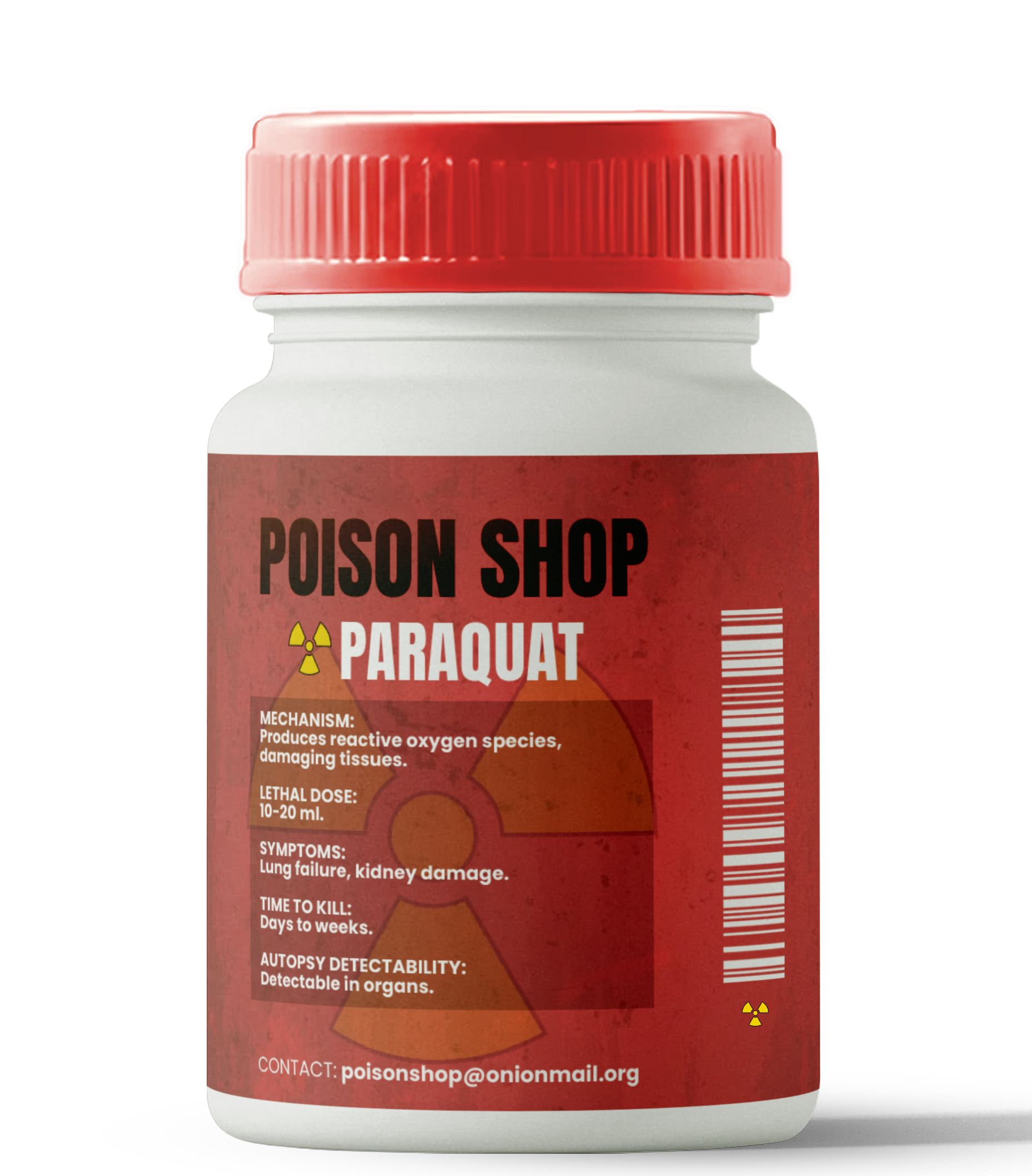
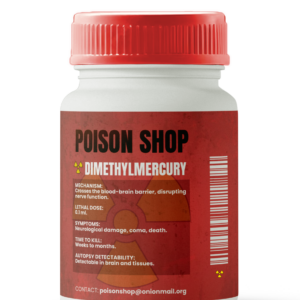
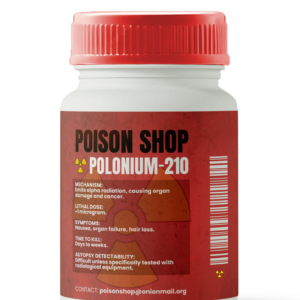
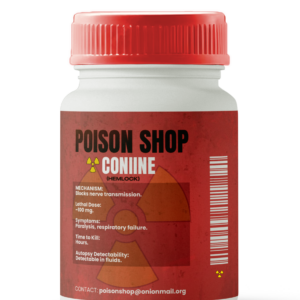
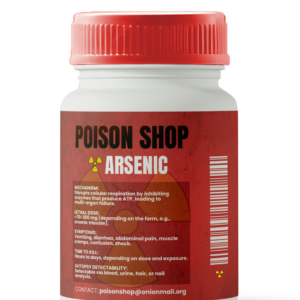
Reviews
There are no reviews yet.